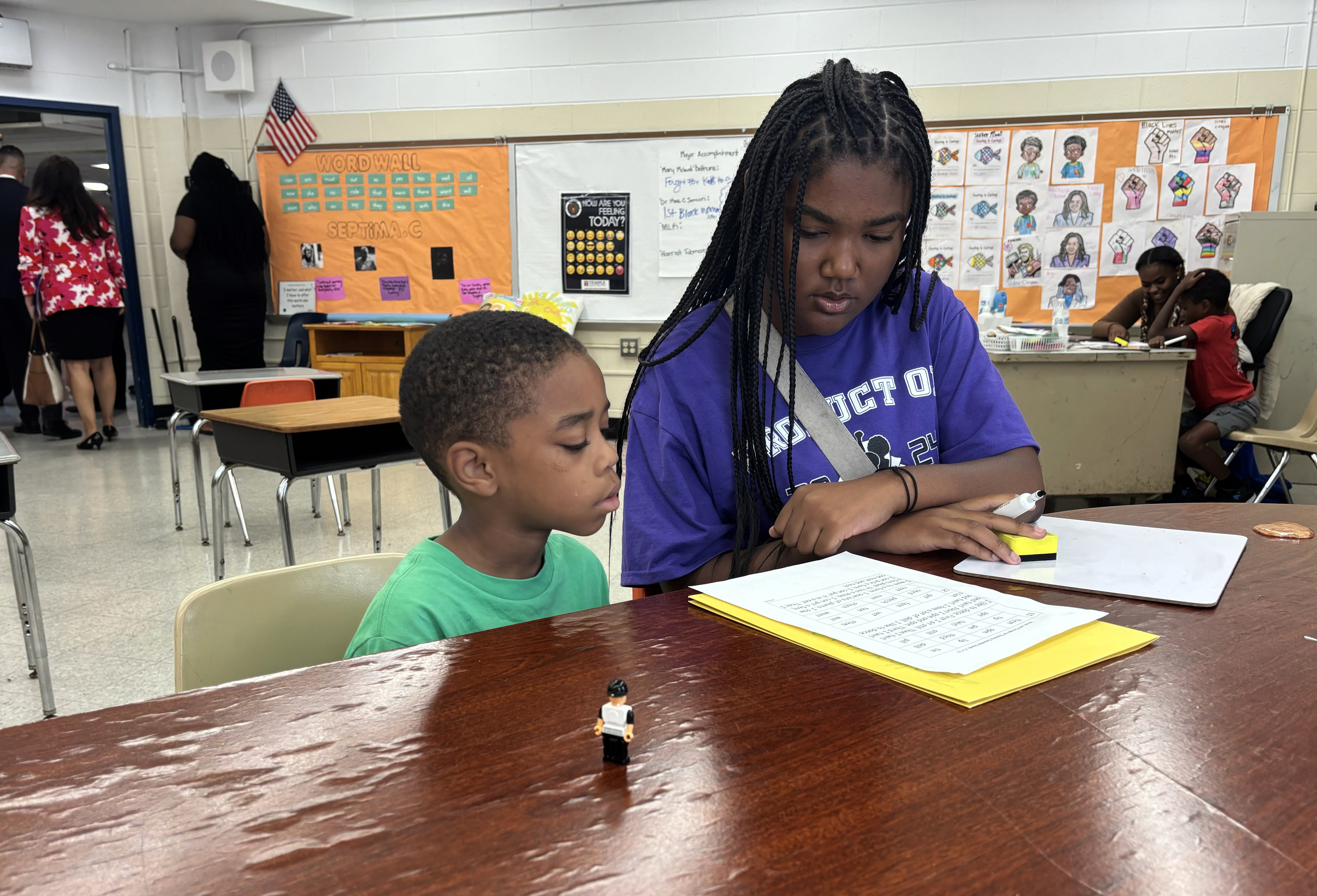Report on the Impact of Cellphone Bans in Schools: Emphasizing Sustainable Development Goals (SDGs)
Introduction
In recent years, the number of states implementing restrictions on students’ cellphone use in schools has increased significantly, with over half now having laws in place. This trend aligns with efforts to enhance educational quality and promote well-being, directly supporting SDG 4: Quality Education and SDG 3: Good Health and Well-being. However, limited research exists regarding the effectiveness of these bans in achieving their intended outcomes, such as improved student focus, behavior, and classroom culture.
Brigette Whaley, Associate Professor at West Texas A&M University, conducted a year-long study on a “bell-to-bell” cellphone ban at a Texas high school. The policy required students to secure their phones in Yondr pouches throughout the school day while still allowing access to educational technology via school-provided Chromebooks. Whaley’s research, focusing on teachers’ perspectives, was presented at the ISTELive 25 + ASCD Annual Conference 25 and offers valuable insights into the policy’s impact.
Teachers’ Responses to the Phone-Free Policy
Contrary to initial concerns that the ban might increase teachers’ workload or complicate lesson delivery, findings revealed positive outcomes:
- Increased student engagement in classrooms.
- Reduction in classroom management issues.
- Revival of a humanistic, interactive, and engaging classroom culture.
These improvements contribute to SDG 4: Quality Education by fostering inclusive and effective learning environments.
Challenges in Policy Enforcement
While enforcement presented some challenges, key factors influencing success included:
- Consistency: Most faculty consistently enforced the policy, though inconsistency by some affected overall effectiveness.
- Student Compliance: Most students adhered to the rules, despite occasional attempts to circumvent them.
- Leadership and Communication: Strong administrative leadership, professional development for teachers, and transparent communication with families were essential.
These elements highlight the importance of effective governance and partnerships, aligning with SDG 17: Partnerships for the Goals.
Significance of the ‘Bell-to-Bell’ Approach
The comprehensive removal of cellphones throughout the school day yielded notable benefits:
- Elimination of social media distractions, including platforms like TikTok and Instagram.
- Reduction in student anxiety and creation of a safer learning environment.
- Promotion of equity by minimizing competition related to technology ownership.
This approach supports SDG 3: Good Health and Well-being by reducing stress and anxiety, and SDG 10: Reduced Inequalities by fostering equitable access to learning.
Conclusion
The study underscores that well-implemented cellphone bans can enhance educational quality, improve student well-being, and foster equitable learning environments. Success depends on consistent enforcement, strong leadership, and community engagement, reflecting the integrated nature of the Sustainable Development Goals. Further research is recommended to continue evaluating these policies’ long-term impacts on education systems globally.
1. Which SDGs are addressed or connected to the issues highlighted in the article?
- SDG 4: Quality Education
- The article discusses policies aimed at improving student learning and classroom engagement by restricting cellphone use.
- Focus on enhancing classroom culture and reducing distractions aligns with ensuring inclusive and equitable quality education.
- SDG 3: Good Health and Well-being
- The article mentions reduced student anxiety and a safer learning environment due to the cellphone ban.
- This relates to promoting mental health and well-being among students.
- SDG 10: Reduced Inequalities
- The article highlights how cellphone bans reduce competition related to having the latest technology, promoting equity among students.
2. What specific targets under those SDGs can be identified based on the article’s content?
- Under SDG 4: Quality Education
- Target 4.1: Ensure that all girls and boys complete free, equitable and quality primary and secondary education leading to relevant and effective learning outcomes.
- Target 4.c: Increase the supply of qualified teachers, including through international cooperation for teacher training.
- Under SDG 3: Good Health and Well-being
- Target 3.4: By 2030, reduce by one third premature mortality from non-communicable diseases through prevention and promote mental health and well-being.
- Under SDG 10: Reduced Inequalities
- Target 10.2: Empower and promote the social, economic and political inclusion of all, irrespective of age, sex, disability, race, ethnicity, origin, religion or economic or other status.
3. Are there any indicators mentioned or implied in the article that can be used to measure progress towards the identified targets?
- Indicators related to SDG 4 (Quality Education)
- Student engagement levels in classrooms (implied through teachers’ observations of increased engagement).
- Reduction in classroom management problems or behavioral issues.
- Teacher perspectives on the effectiveness of educational policies (survey data).
- Indicators related to SDG 3 (Good Health and Well-being)
- Levels of student anxiety and stress related to social media and cellphone use (implied through qualitative findings).
- Perceptions of safety and well-being in the school environment.
- Indicators related to SDG 10 (Reduced Inequalities)
- Equity in access to technology and reduction in competition among students based on device ownership.
- Consistency in policy enforcement across faculty and administration as a measure of inclusive implementation.
4. Table: SDGs, Targets and Indicators
| SDGs | Targets | Indicators |
|---|---|---|
| SDG 4: Quality Education |
|
|
| SDG 3: Good Health and Well-being |
|
|
| SDG 10: Reduced Inequalities |
|
|
Source: edweek.org







